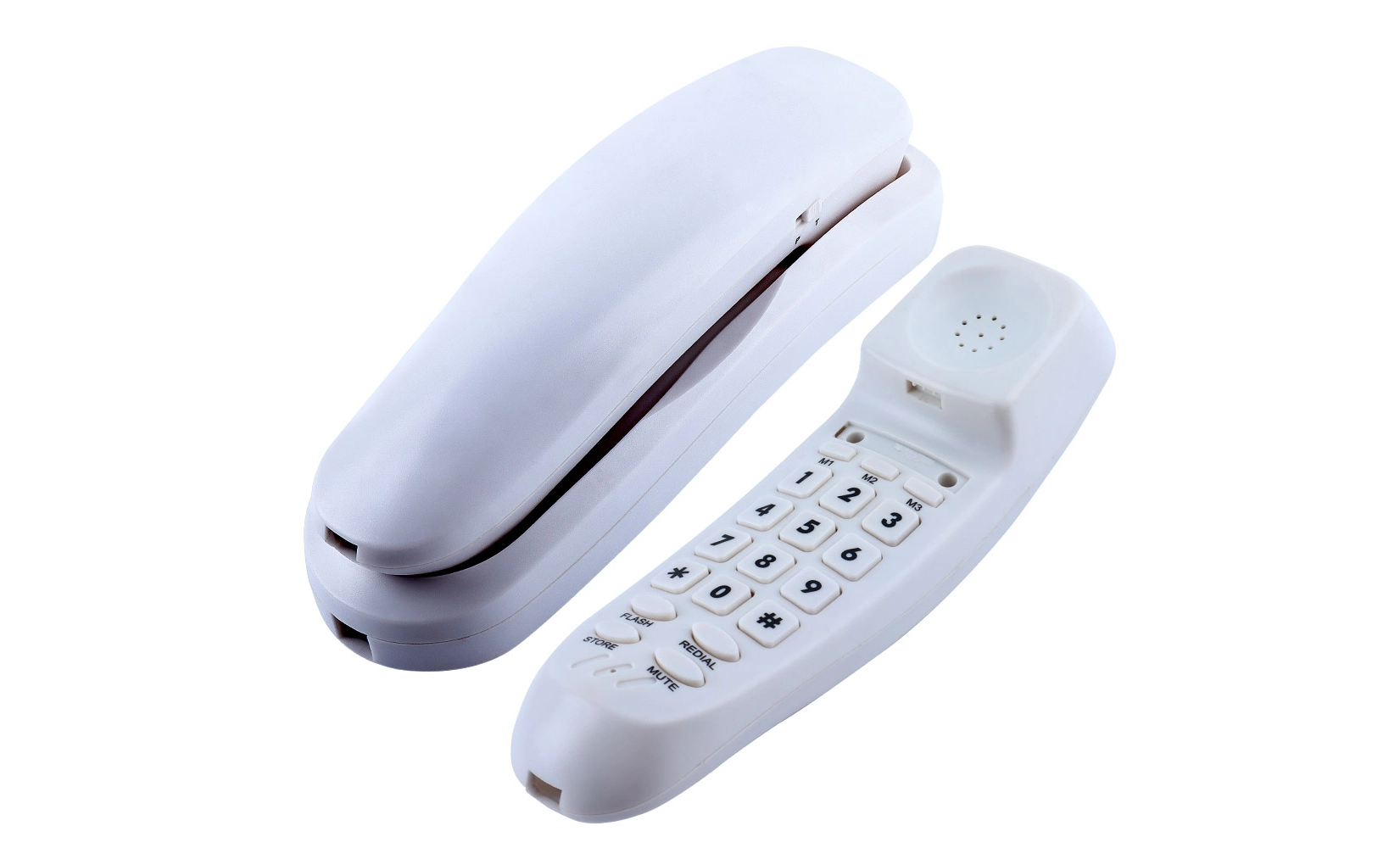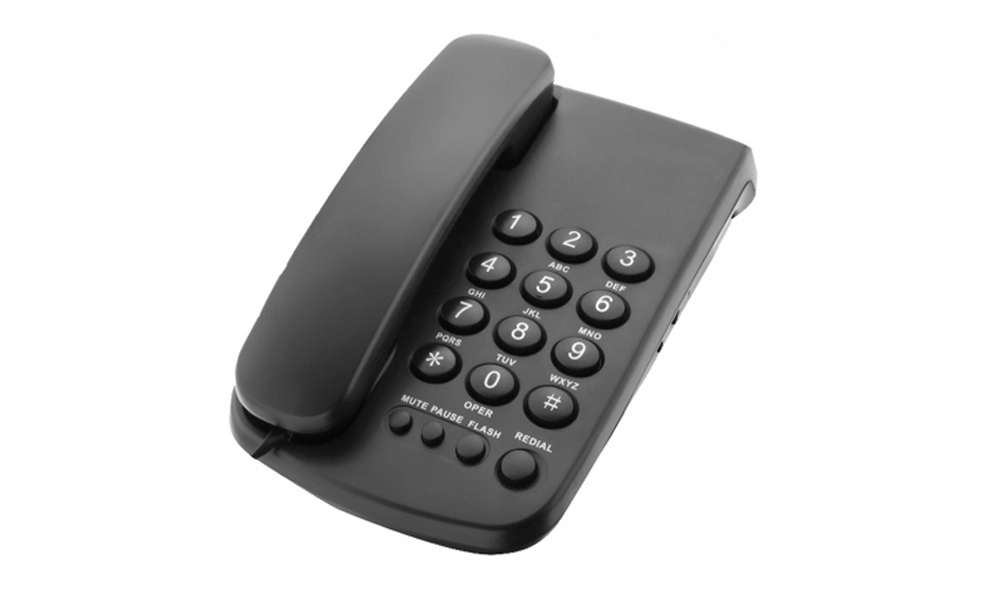Understanding the Basics: Corded vs. Cordless Telephones
The debate between Corded vs. Cordless Telephones has been ongoing since the introduction of wireless technology. To make an informed decision, it's crucial to understand the fundamental differences between these two types of communication devices.
Corded Telephones: The Reliable Classic
Corded telephones, the traditional landline devices, have been a staple in homes for decades. These phones are directly connected to the telephone network through a physical wire, ensuring a constant power supply and uninterrupted service. The simplicity of corded phones makes them an attractive option for many seniors.
Key features of corded telephones include:
- Consistent power supply (no batteries required)
- Clear sound quality with minimal interference
- Reliable connection during power outages
- Often equipped with large, easy-to-read buttons
- No need for complex setup or configuration
The reliability of corded phones is particularly beneficial for seniors who may not be comfortable with more complex technology or those who live in areas with unreliable power supplies.
Cordless Telephones: Freedom of Movement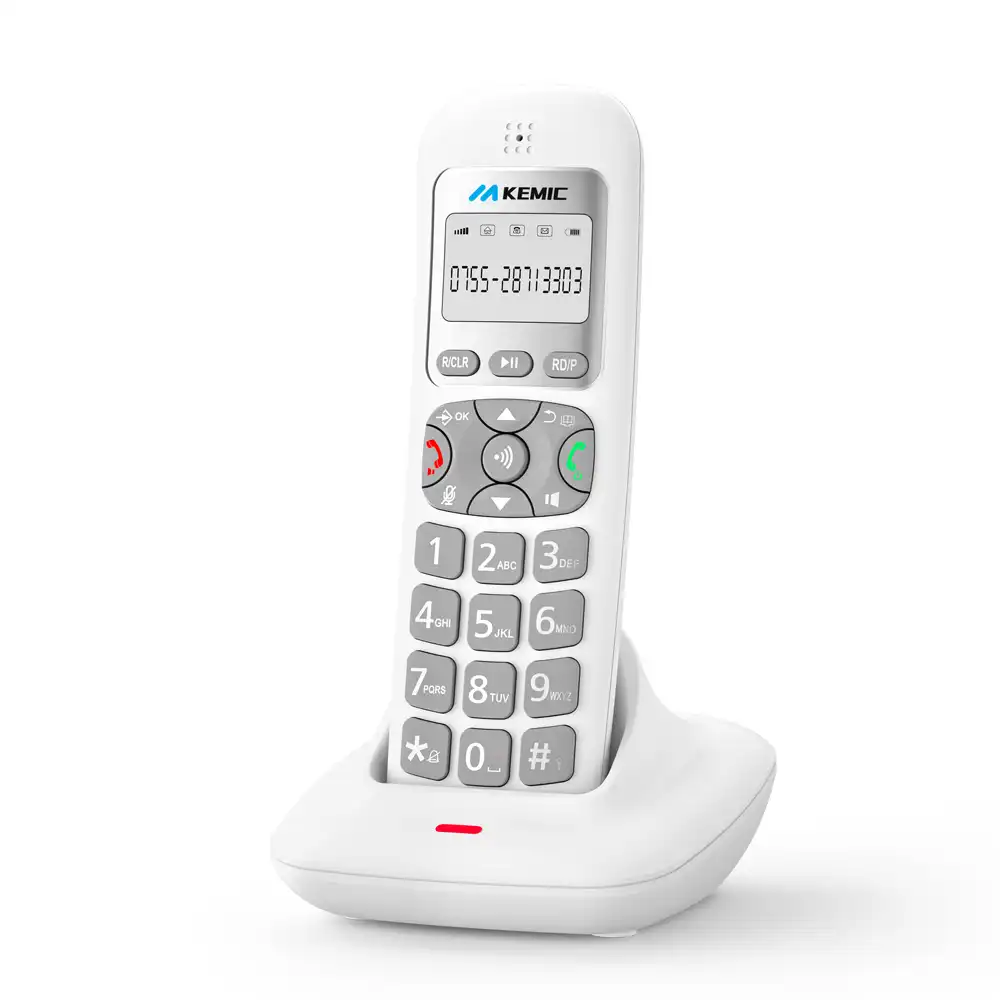
Cordless telephones revolutionized home communication by offering the ability to move around freely while on a call. These devices consist of a base station connected to the telephone line and a portable handset that communicates wirelessly with the base.
Notable features of cordless telephones include:
- Mobility within the home or garden
- Multiple handsets can be used with a single base station
- Often include additional features like caller ID and phonebook
- Some models offer Bluetooth connectivity for cell phone integration
- Typically come with speakerphone functionality
The freedom of movement provided by cordless phones can be particularly advantageous for seniors with mobility issues or those who prefer not to be tethered to a specific location while talking.
Assessing Ease of Use for Seniors
When comparing corded vs. cordless telephones for seniors, ease of use is a paramount consideration. Both types of phones have unique attributes that can impact their user-friendliness for older adults.
Simplicity of Corded Phones
Corded telephones often win in the simplicity category, which can be a significant advantage for seniors who prefer straightforward devices. The uncomplicated nature of corded phones includes:
- Plug-and-play setup with no configuration required
- No need to worry about battery life or charging
- Typically fewer buttons and functions to navigate
- Consistent location makes the phone easy to find
- Large, high-contrast buttons for easier dialing
These features make corded phones an excellent choice for seniors who may have vision impairments or those who struggle with complex technology.
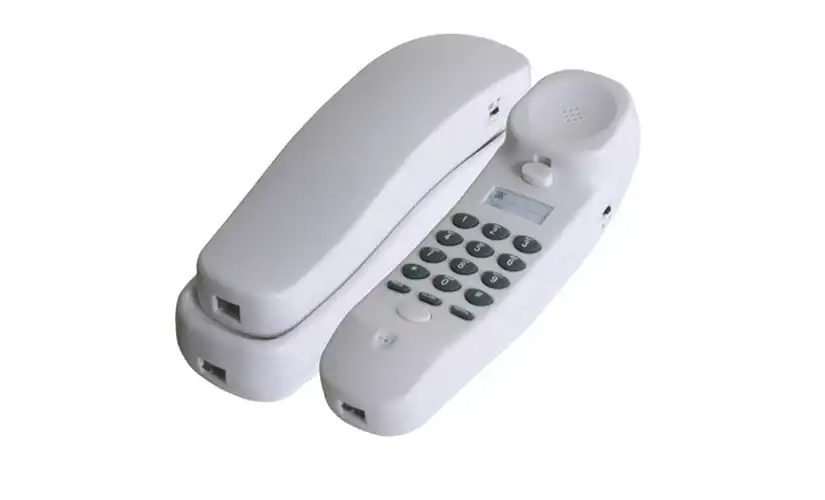 User-Friendly Features of Cordless Phones
User-Friendly Features of Cordless Phones
While cordless phones may seem more complex at first glance, many models are designed with senior-friendly features that enhance usability:
- Illuminated keypads for easier nighttime use
- Larger displays with adjustable font sizes
- Voice amplification for those with hearing difficulties
- Talking caller ID that announces incoming calls
- One-touch speed dial buttons for emergency contacts
Manufacturers like Shenzhen Cheeta Technology Co., Ltd. have been at the forefront of developing cordless phones with features that cater specifically to the needs of older users, combining the benefits of modern technology with user-friendly design.
Comparing Accessibility and Safety Features
When evaluating corded vs. cordless telephones for seniors, accessibility and safety features play a crucial role in the decision-making process. Both types of phones offer unique advantages in these areas.
Accessibility Considerations
Accessibility is a key factor in ensuring that seniors can comfortably and effectively use their telephones. Here's how corded and cordless phones compare:
Corded Telephones:
- Often feature extra-large buttons with high contrast for easy visibility
- Handsets are typically designed with ergonomic shapes for comfortable handling
- Some models include hearing aid compatibility for improved audio clarity
- Fixed location means no searching for misplaced handsets
Cordless Telephones:
- Adjustable volume controls on both ringer and earpiece
- Many models offer text-to-speech technology for menu navigation
- Handsets can be carried to the most comfortable location for use
- Some advanced models include vibrating alerts for incoming calls
Companies like Cheeta have made significant strides in improving the accessibility of both corded and cordless phones, incorporating features that address the diverse needs of senior users.
Safety Features and Emergency Preparedness
Safety is a paramount concern for seniors living independently. Both corded and cordless phones offer features that can enhance safety and provide peace of mind:
Corded Telephones:
- Remain operational during power outages, ensuring communication in emergencies
- Some models include one-touch emergency dialing buttons
- No risk of battery depletion during critical situations
- Consistently clear audio quality for important calls
Cordless Telephones:
- Many include built-in personal emergency response systems
- Can be carried throughout the home for quick access in case of falls
- Some models offer integration with wearable alert pendants
- Advanced cordless systems may include home monitoring features
Shenzhen Cheeta Technology Co., Ltd. has been at the forefront of integrating safety features into their telephone designs, recognizing the importance of emergency preparedness for senior users.
Conclusion
The choice between corded vs. cordless telephones for seniors ultimately depends on individual needs, preferences, and living situations. Corded phones offer unparalleled reliability and simplicity, making them ideal for those who prioritize ease of use and consistent performance. Cordless phones, on the other hand, provide mobility and advanced features that can greatly enhance communication experiences for more tech-savvy seniors.
Companies like Shenzhen Cheeta Technology Co., Ltd. continue to innovate in both corded and cordless telephone technology, positioning themselves as a trusted Corded vs. Cordless Telephones supplier, focusing on features that cater specifically to the needs of older adults. Their commitment to quality and user-centric design ensures that seniors have access to communication devices that not only meet their functional requirements but also contribute to their safety and independence.
When making a decision, it's important to consider factors such as the senior's mobility, technological comfort level, hearing and vision capabilities, and the layout of their living space. By carefully evaluating these aspects and the unique features offered by both corded and cordless options, seniors and their caregivers can make an informed choice that best suits their communication needs.
FAQ
Are corded phones more reliable than cordless phones?
Corded phones are generally more reliable as they don't rely on batteries or wireless signals. They work during power outages and have consistent audio quality.
Do cordless phones have better features for seniors?
Many cordless phones offer senior-friendly features like large buttons, amplified sound, and talking caller ID. However, the best choice depends on individual needs.
Can cordless phones be used during power outages?
Most cordless phones require electricity to function. Some models have backup batteries, but corded phones are more reliable during outages.
Enhancing Communication for Seniors | CHEETA
At Shenzhen Cheeta Technology Co., Ltd., we're dedicated to improving communication solutions for seniors. Our 18+ years of experience in OEM/ODM services have allowed us to develop both corded and cordless telephones that cater to the unique needs of older adults. Our state-of-the-art 1,200㎡ factory, equipped with 100+ skilled workers and 10 senior engineers, ensures high-quality production of 1,000 analog units daily. We pride ourselves on our rigorous 11-step inspection process, maintaining a failure rate below 1%. For customized telephone solutions tailored to senior needs, contact our expert team at allen@cheeta.com.cn.

References
1. Johnson, L. (2022). "The Impact of Telephone Design on Senior Communication." Journal of Gerontechnology, 15(3), 245-260.
2. Smith, R. & Brown, T. (2021). "Comparing Usability of Corded and Cordless Phones for Older Adults." International Journal of Human-Computer Interaction, 37(8), 712-728.
3. National Institute on Aging. (2023). "Choosing the Right Phone for Older Adults." Aging in Place Technology Review, 12(2), 78-92.
4. Chen, Y., et al. (2022). "Safety Features in Modern Telephones for Senior Users." IEEE Transactions on Consumer Electronics, 68(4), 351-365.
5. Williams, E. (2023). "The Evolution of Senior-Friendly Telephone Technology." Assistive Technology Quarterly, 29(1), 45-60.
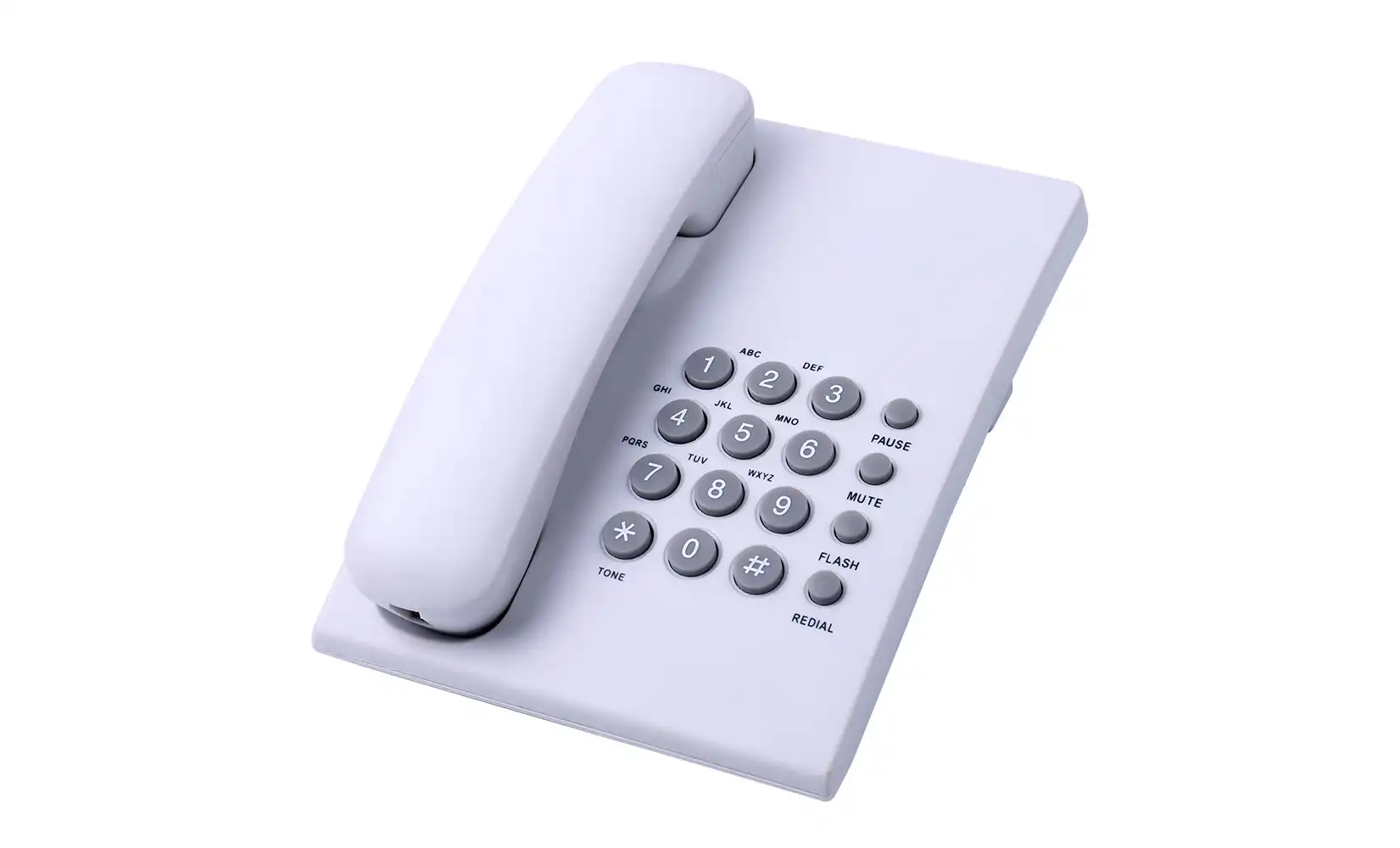 When it comes to choosing between
When it comes to choosing between 

